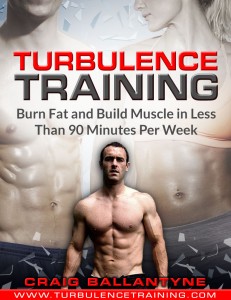Dealing With Shin Splints
If you have never heard of shin splints, it is most likely the case that you hadn’t experienced it before – lucky you! This is basically pain in the shins, which are the parts between your knees and your ankle, in the front. I had it when I was young, but haven’t had it since. Let’s have a discussion about this in today’s post.
Let’s get one thing clear – shin splints may hurt big time, but in the wide scheme of things, it’s really just a relatively minor injury that does not involve surgery to correct. What it does need is a lot of rest and added caution in order to ensure that the recovery goes well, and more importantly, that the injury is not aggravated.
Let’s first explore what shin splints really are. When we boil it down to the basics, this phenomenon occurs when the muscles and tendons of the lower leg are being pulled away from the tibia – which is the larger bone in that area. To be honest, shin splints can also describe muscle and tendon damage to the fibula, which is the smaller bone. However, the latter is rare.

How is shin splint caused? Usually it is done by overstraining the muscles along the front of the leg. While it is known that activities such as running and dancing cause stress to muscles of that region, shin splints are caused by added pressure brought about by added weight. Makes sense, doesn’t it? However, this is not the full story. The fact is that anything that causes added pressure can contribute to shin splints, regardless of weight.
How are the muscles over strained then? The most common one is exercising on hard surfaces, or irregular surfaces for long periods of time. Another common mistake, one that I used to be guilty of, is to not use proper running shoes. I’ve since learnt that lesson though, thank God. Another thing that can contribute to this is exercising up or down hills.
Can you avoid shin splints? Maybe you can. But maybe you can’t. I’m just being honest here. But either way, it is always possible to reduce your chances of getting it by exercising proper care and prevention. The first one, obviously, is to ensure you have suitable and adequate shoes. The second is to beware of your training load.

Another one which we often overlook, is to warm up before upping your intensity when exercising. The idea here is to give the muscles around the tibia adequate time to slowly stretch and become more fluid before moving into faster and more stressful movements. Finally, being aware of the ground you’re exercising on is another important consideration.
Now, another thing we often overlook is the way we plan our workout. When one decides to get back to exercise, they might get all gung-ho about it. I’m urging you to exercise discipline and ease into a program, or risk getting hurt en route and giving up. The first tool you’ll need is education, and I can’t think of a better starter kit than the Lifelong Fitness Blueprint. Grab a copy today, and check out the other resources below too!
ALTERNATIVES TO RUNNING MIGHT HELP:
Disclaimer: This site still has affiliate links, i.e., we get a commission if you buy from us. However, we removed them as of 2023 :)









very good, we cannot have any splints or fractures within BRICS :))
Oooh getting political here Simon!
Thanks, it is great post!
Thanks Angie. Hope it helps 🙂
Thanks, it is great post , I lost 28 pounds and several inches off my waist and thighs. I knew it had happened when I tried on a dress and my usual size 14 billowed around me. i went all the way down to a size 9!
Amara, I knew you would succeed with the Granite Fitness Masterclass. Thanks for sharing your success with us 🙂